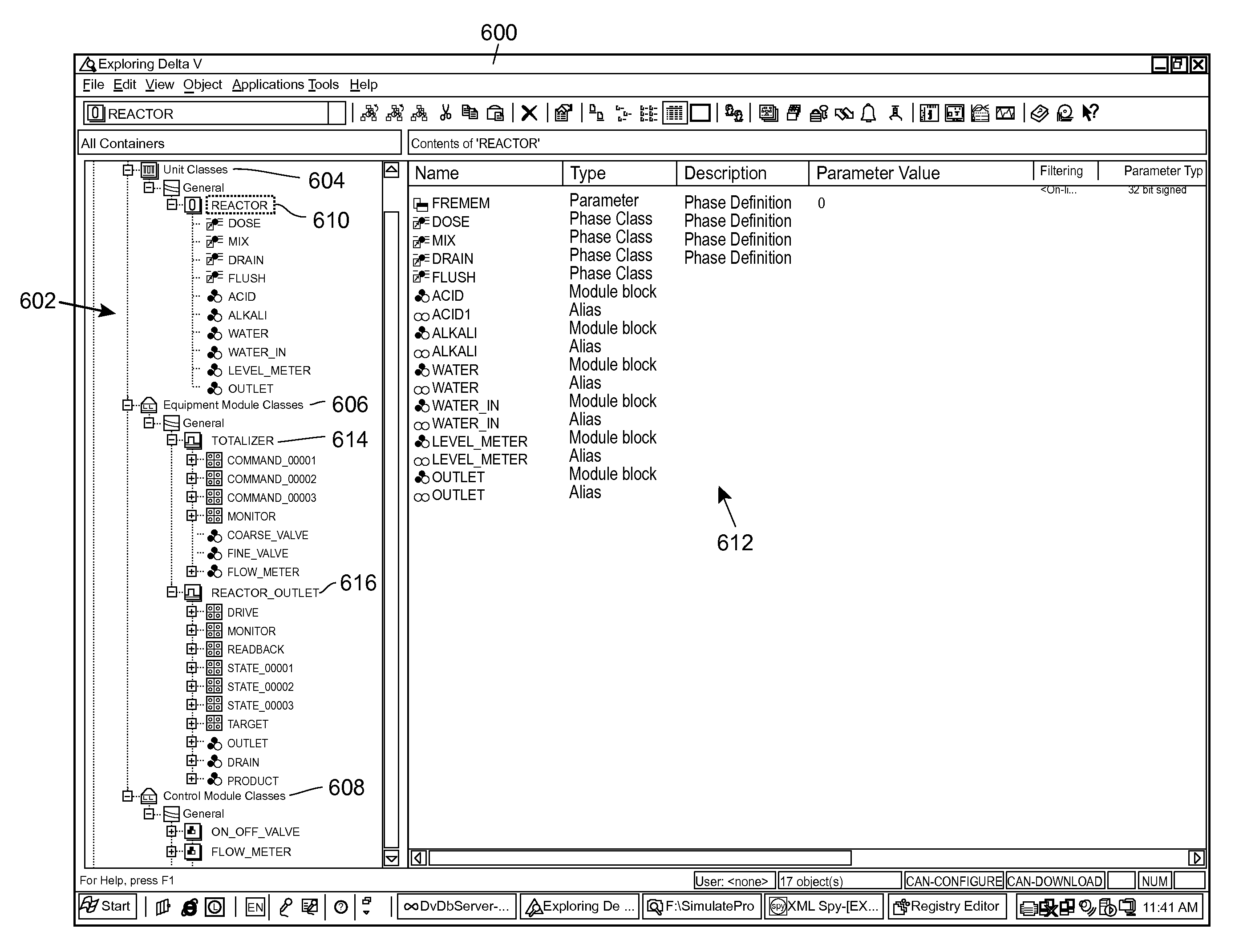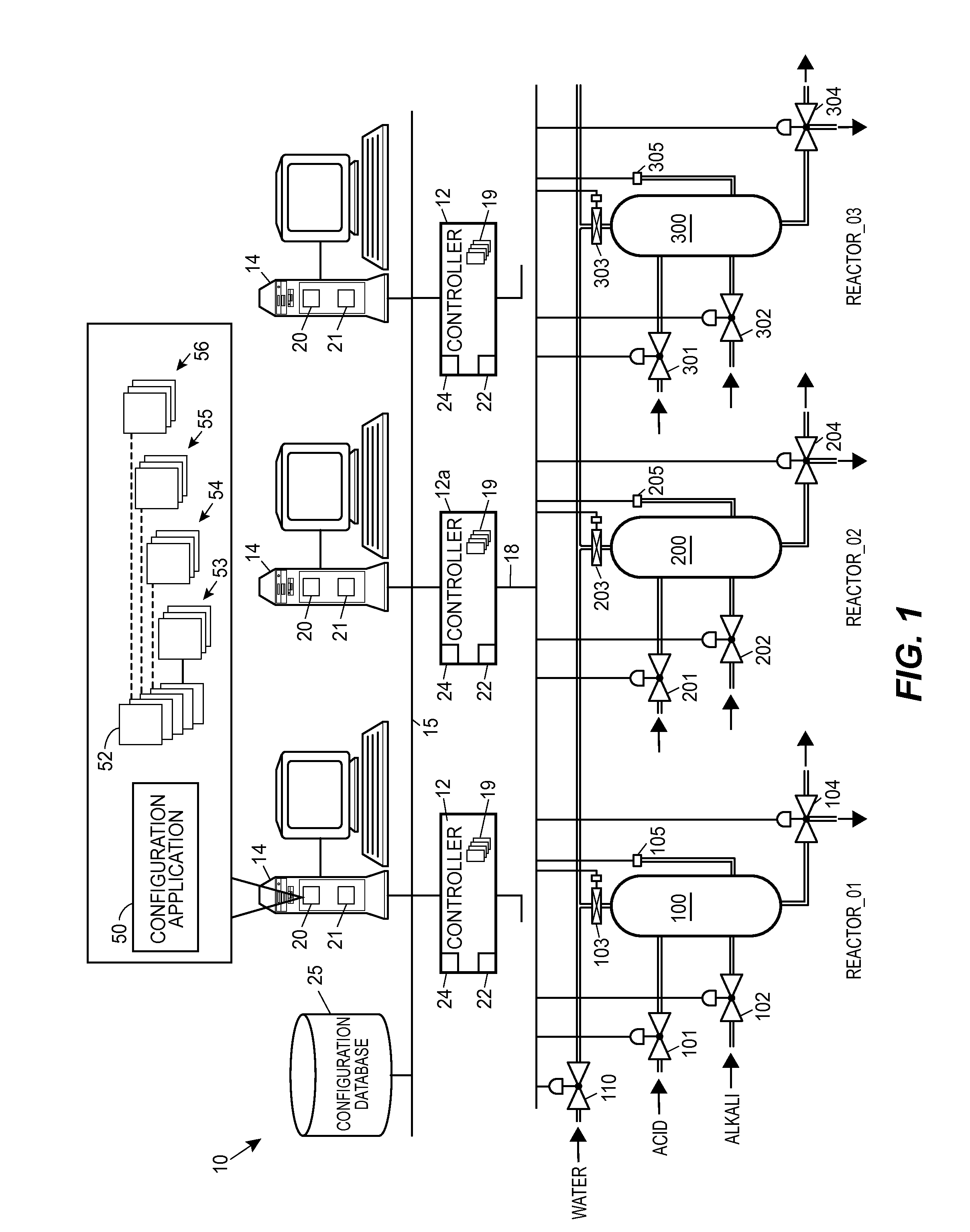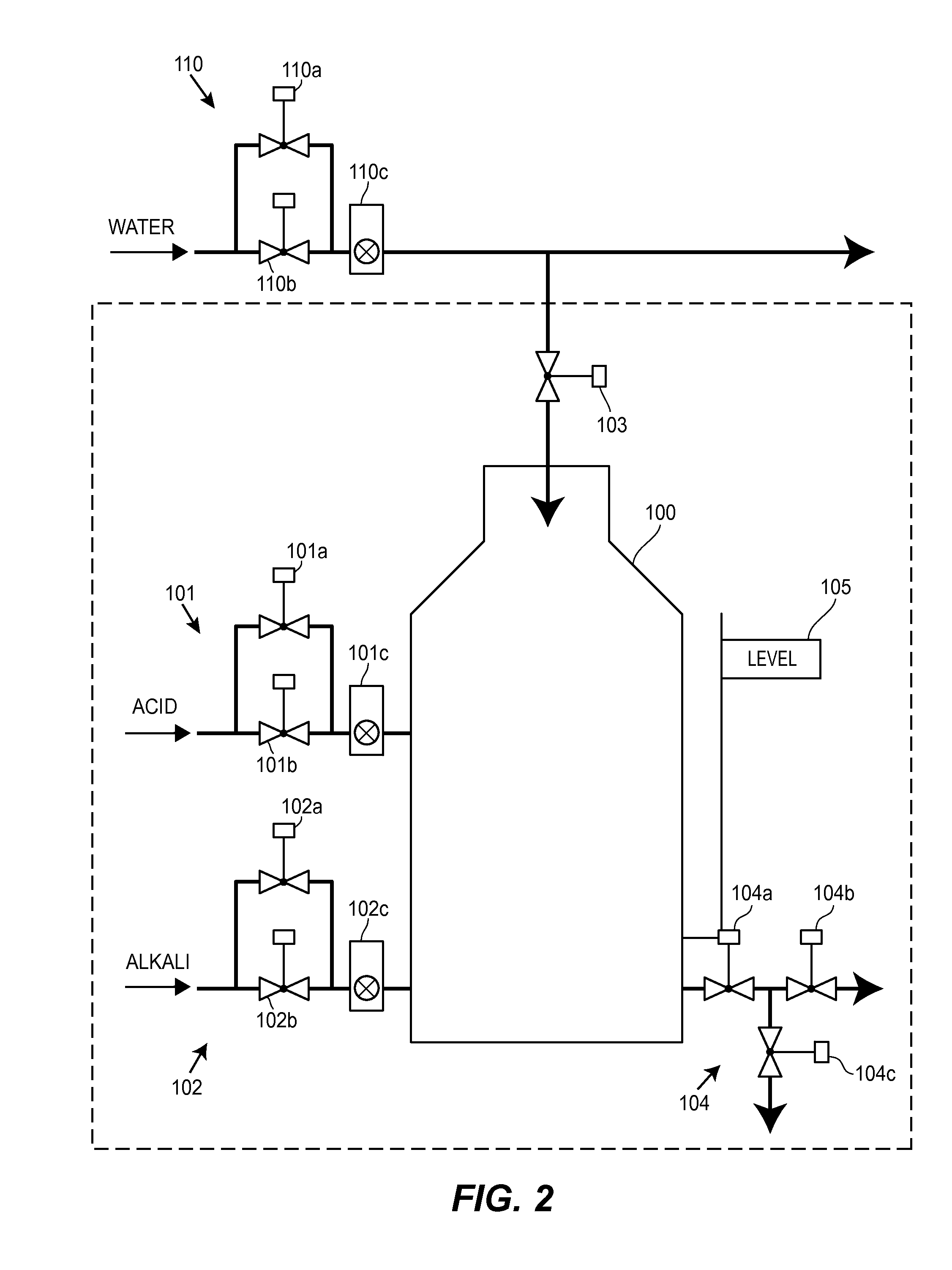Unfortunately, as more and more of these module class objects are defined, the original productivity gains obtained by using configuration class objects decrease.
Although this automatic
change propagation feature makes
control system design easier and more effective in the early stages of the design, once the
control system is installed and running in a
plant, it may not be acceptable or practical to change all of the instances associated with a particular module class object at the same time.
However, as a practical matter, each affected child object running in the
plant may need to be individually tested and verified on actual
process equipment, and thus the user may need to
delay the change to the module class object for months or years waiting for an appropriate time to update all of the module instances for that class object.
Many process industries cannot deal with the resulting disruptive downloads required, spanning multiple areas of the
plant, during the plant operations phase.
However, this operation destroys the advantages of using class based configuration objects in the first place.
Even in smaller systems in which class / instance connections are not being severed, it is still difficult to define and debug a new change to a control object without affecting all of the instances in the class because, on the one hand, it is not possible to implement new changes on an instance, and because, on the other hand, when any change is made to the class object, this change is automatically applied to each instance of the class object.
Still further, most configuration systems used in the market today do not use classes to configure graphic displays for the
control system.
As modifications to control strategies occur and the control strategy classes proliferate in the manners noted above, each
graphics item for each instance needs to be verified, which becomes
time consuming and impractical.
Moreover, designing instance differences in
graphics is difficult and requires
programming skills Because a wide variety of variations are allowed and in fact are expected in
graphics items, it is necessary to design a
system, using special forms, that specifies which variations are to be allowed or enabled with override structures in each of the graphics display item created from a common graphics object.
Without this up front design, the graphic objects cannot even have small changes made thereto.
Unfortunately, a
configuration system which attempts to design or pre-specify the allowable changes in the graphics items quickly becomes unusable, as variations on graphics items is very common.
As a result, maintaining graphics cost effectively is an ongoing problem within control systems, and is only exacerbated when the step of maintaining graphics must be coordinated with the changes being made to control module classes used in the control
configuration system.
There are several problems and limitations to this approach.
However, because there is no
hard link between the original
dynamo being changed and its copies, determining where the
dynamo is used is a serious issue.
However, not all customers use this technique and, in any event, this field can be inadvertently cleared or deleted by a user during an edit session, thereby losing the named connection back to the original dynamo.
Further, if a difference was a change on the display or to the dynamo, it is only possible to know what is different in the dynamo, but not why.
Thus, it is difficult for users to determine if a change needs to be incorporated into a particular dynamo being used in a particular display when changes are made to the original dynamo.
Still further, while the user can update the instance to the new dynamo and retain the instance specific changes, the user typically does not know which changes are in the new master and which are instance specific, and so cannot determine which differences within the display item should be left in place.
As a result, the user must then manually reapply all changes previously made to the display item or instance, and if the user forgets some of the changes, these changes are lost.
This operation negatively affects the quality of the operator displays and also takes longer because it entails a manual process.
As a result, a dynamo can only be built from the basic shapes and not from other dynamos, which prevents building up a set of dynamos to be used as the basis for other dynamos.
 Login to View More
Login to View More  Login to View More
Login to View More 


